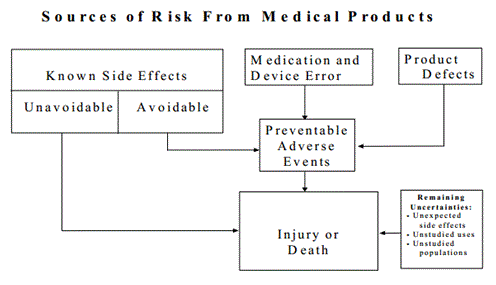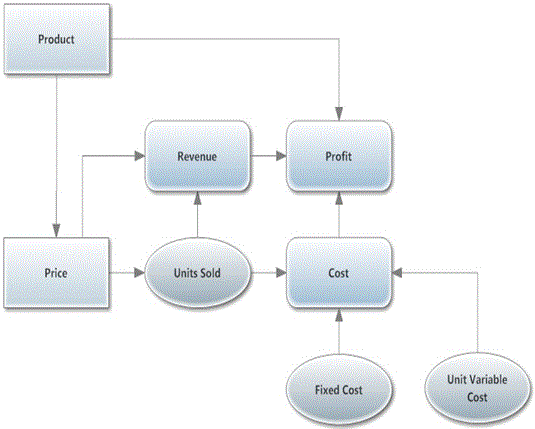Looking for Global training? Go to https://firebrand.training/en or stay on the current site (Danmark)
TERMS AND CONDITIONS
Firebrand Training grants you a personal, non-exclusive, non-transferable license to access and use the site. You may download or print material from the site only for your own personal, non-commercial use. Please read our full terms and conditions.
11.2 Identify Risks
"The process of determining which risks may affect the project and documenting their characteristics."
The definition shown above in italics is taken from the Glossary of the Project Management Institute, A Guide to the Project Management Body of Knowledge, (PMBOK® Guide) – Fifth Edition, Project Management Institute Inc., 2013

Project Management Institute, A Guide to the Project Management Body of Knowledge, (PMBOK® Guide) – Fifth Edition, Project Management Institute Inc., 2013 Figure 11-56 Page 319
Risk Identification Techniques
Information Gathering techniques:
- Brainstorming
- Delphi technique
- Interviewing
- Root Cause Analysis
Checklist Analysis
Assumption Analysis
Diagramming Techniques
- Cause and Effect Diagrams
- System or Process Flow Charts
- Influence Diagrams

SWOT Analysis
Expert Judgement
11.2 Identify Risks
All project personnel should be involved when identifying risks – risk planning workshop
Brainstorming
- Used to identify overall project risks or may focus in on the risks within a particular project phase /work package.
Delphi technique
- Anonymously submission of a risk list to a facilitator
- Generates a consensus among project risk experts
Interviewing
Root cause analysis
- Used to identify problems, discover the root cause, and develop corrective actions
Sources of Risk
Organisational risks
- Inconsistent definition of cost, time and/or scope definition, lack of project prioritisation, interrupted funding or resources
Project management risks
- Poor project management discipline, poor constructed project plan, poorly resource allocation,
Technical, quality or performance risks
- Unproven technology, unrealistic goals
External risks
- Changes to legal / regulatory environment, labour issues, weather
Force Majeure – earthquakes, floods and civil unrest.
Probability and Impact
PM defines the scales and their meanings in the Risk Management Plan
Probability
- Very Low, Low, Moderate, High, Very High
- Very Unlikely ---- Almost Certain
- 0.1 – 0.3 – 0.5 – 0.7 – 0.9
Impact
- Very Low, Low, Moderate, High, Very High
- Numerical:
- Linear: 0.1 – 0.3 – 0.5 – 0.7 – 0.9
- Non-linear: 0.05 – 0.1 – 0.2 – 0.4 – 0.8
Influence Diagram
Shows the relationship between variables and outcomes
This one shows the different influences on the decision path required for a product.

Risk Register
Content described in the Risk Management Plan:
Risk Register entries
- List of identified risks
- List of potential responses
- Root causes or risk
- Updated risk categories
Updated by other risk management processes
One Register for the project
- Although suppliers may have their own Risk Register for their own supply side risks internal to their company
Identifies and categorizes risks, potential risk response actions, triggers, escalation points.
A trigger is an early warning of imminent risk
- Think of the flu. You will know you are about to get it, when you are feeling feverish, have an achy feeling all over, a sore throat, coughing, a runny nose, etc…
Have you identified those risks yet?
DISCLAIMER
Firebrand Training grants you a personal, non-exclusive, non-transferable license to access and use the site. You may download or print material from the site only for your own personal, non-commercial use. Read our full terms and conditions on https://firebrand.training/dk/learn/terms-and-conditions.
 Part of the BPP Education Group
Part of the BPP Education Group